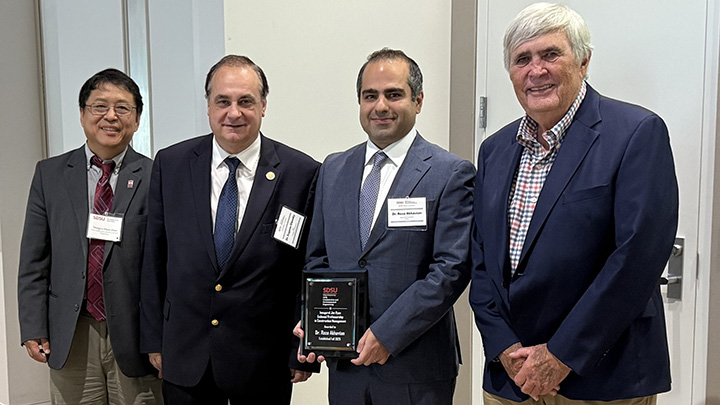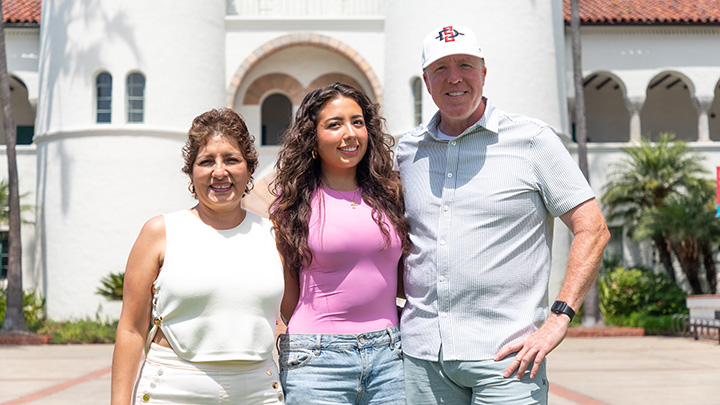Helping Men of Color Succeed
A new policy report outlines ways to help men of color succeed in community colleges.

On the heels of the Obama administration’s announcement of a $200 million initiative to help young men of color overcome barriers in society, two San Diego State University professors are shifting the conversation on student success for men of color in postsecondary education to one of institutional responsibility.
Partnering with community colleges across the United States, Frank Harris III and J. Luke Wood are working with higher education institutions to enhance access, achievement and success among minority male community college students.
“Our organization helps colleges better understand and serve male students. We survey their male students and provide colleges with reports on how these students are experiencing the institution. Colleges can then use this information to determine what they are and are not doing to support these men,” said Harris, an associate professor of postsecondary education at SDSU.
Increasing student success
The SDSU co-directors of the Minority Male Community College Collaborative (M2C3) have surveyed thousands of male students in community colleges across the nation. In the past two years, the project has partnered with 27 community colleges across six states — including California — to support their efforts to improve student success outcomes for men who have been historically underrepresented and underserved in education.
Asking questions such as education goals, campus participation, feelings of inclusion, sense of belonging and on-campus support, the researchers are able to compile data to establish benchmarks for key indicators of student success, monitor the experiences and performance of minority male students and identify issues in need of enhanced attention.
Recommending change
In their new report, “Examining the Status of Men of Color in California Community Colleges: Recommendations for State Policymakers,” the two SDSU professors have compiled a list of recommendations to increase student success and present data on current success rates of men of color in community colleges.
“At community colleges across the United States, we have identified the importance of faculty who regularly communicate their belief that students can be successful, staff who demonstrate care and concern for students, and environments where stereotypes are limited as key components to student success,” said Wood, assistant professor of administration, rehabilitation, and postsecondary education at SDSU.
“We now know that we must go beyond engagement and really hone in on factors that are unique to the campus ethos to ensure the success of men of color.”
Key recommendations in the report include:
- require state academic outcomes data to be separated by gender within race
- revise state ethnic classifications to account for more ethnic subgroups
- require more full-time faculty to teach gatekeeper and basic skills courses
- implement a system to identify underperforming students
The report also recommends the creation of a statewide educational initiative for men of color, similar to the Texas Education Consortium for Male Students of Color, a statewide initiative supporting the implementation and evaluation of male-focused programs.
“A number of the recommendations do not require resource allocation changes and are simple to implement. We know from the results of community colleges we have worked with that these recommendations can have a measurable impact on improving student success for men of color,” Harris said.
Programs and partnerships
Community colleges affiliated with the research have used results to design professional development workshops for faculty and staff; target areas for intervention in minority male initiatives and programs; and assess outcomes such as self-efficacy, sense of belonging and help-seeking.
The recommendations have also helped San Diego community colleges to obtain and justify funding for new initiatives. In October of 2013, San Diego City College received a $50,000 grant to establish a first-year experience program for men of color.
“Moving forward, we will continue to expand our partnership network of colleges that are concerned with outcomes for historically underrepresented and underserved men, particularly men of color which can include those who identify as Southeast Asian, Black, Latino and Native American,” Harris said.


